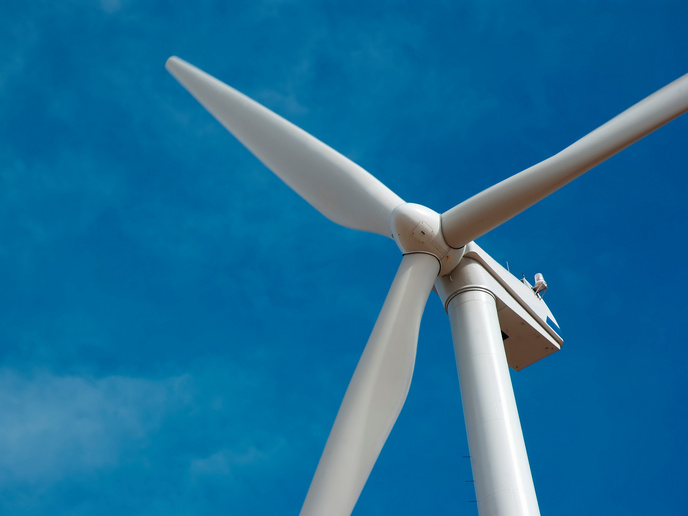New turbine design unlocks full potential of wind energy in deep waters
Spanish start-up Optimized Generators (OptiGen) has designed a 15 MW wind turbine generator that promises to outshine current designs in terms of cost, weight and repairability. An important milestone in the EU-funded LIGHTWIND(opens in new window) project, the generator will help to address some of the biggest problems facing the floating offshore wind sector and bring Europe a step closer to climate neutrality. Over 80 % of the world’s offshore wind generation potential lies in waters deeper than 60 metres, too deep for fixed-bottom turbines. Floating offshore wind turbines might be a solution, but challenges such as complex installations, exorbitant repair costs, and top-heavy nacelles – the housings containing the turbines’ generating components – limit the viability of large-scale wind farms.
No more massive bearings
OptiGen’s patent-pending modular drive-train technology addresses these problems in a number of ways. A key aspect of the technology, as Santiago Canedo, the company’s co-founder and CTO, explains in a recent news item(opens in new window), “is that it doesn’t use large bearings, which nowadays constitute one of the main challenges of offshore wind power due to their high costs of replacement.” Instead, “OptiGen uses a wheel-rail system placed in close vicinity of the generator airgap, allowing to reduce the stiffness of supporting structures and relax manufacturing tolerances, while guaranteeing the stability of the airgap under any operational conditions.”
Lighter nacelle, easier maintenance
Another key advantage of the design is that it reduces nacelle weight by 35 %. However, perhaps the biggest advantage, according to Stefan Keller, the start-up’s co-founder and technical advisor, lies in its operation and maintenance: “The system is very easy to inspect due to its open design, whereby all mechanical and electrical components can be replaced or repaired in situ, without the need of large cranes, jack-up vessels or towing to port in the case of floating wind.” This innovation enables the full potential of floating offshore wind while minimising reliance on rare earth materials and improving repairability. Besides the reduced use of rare earth materials, other environmental benefits include the need for fewer turbines per gigawatt, thereby reducing seabed disruption, and also lower emissions due to less steel used and fewer costly tow-backs for maintenance purposes. The 15 MW design will support two laboratory tests: one for evaluating rolling contact fatigue and another for studying the full mechanical system at a reduced scale. These tests are expected to be commissioned by the end of 2025 and by mid-2026, respectively. The results will play an important role in validating the design methodologies and ensuring the technology is viable at a large scale. By the end of the LIGHTWIND (LIGHTWIND: A DISRUPTIVE DRIVE-TRAIN FOR ULTRALIGHT AND LOWER COST WIND TURBINES) project in 2027, OptiGen plans to have optimised the 15 MW design and introduced new designs with 22 MW and 30 MW power ratings. “Offshore wind is a subsidized source of energy that needs disruptive innovations to be competitive in the electricity market and achieve a large-scale deployment,” states OptiGen co-founder and CEO Blai Pié. “We hope our technology will be a key step towards achieving this goal before it’s too late for the planet.” For more information, please see: LIGHTWIND project website(opens in new window)



